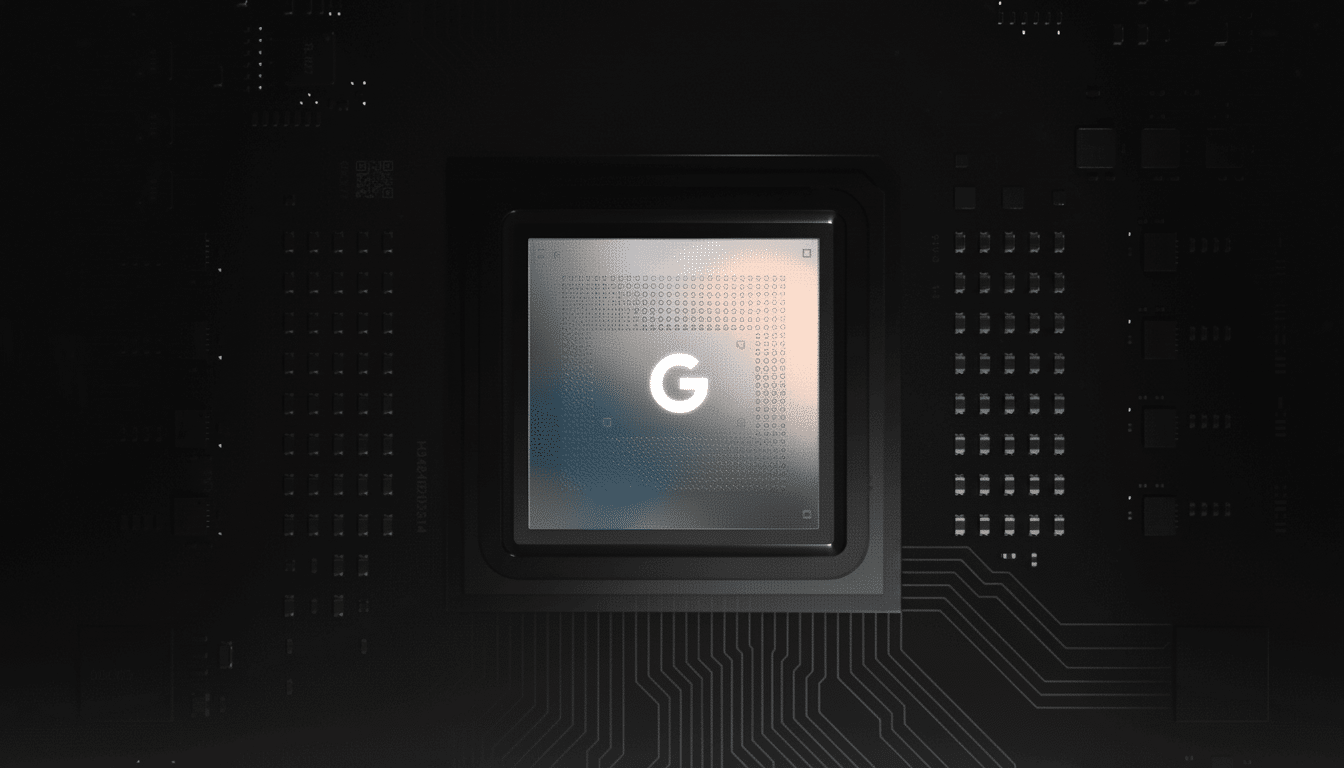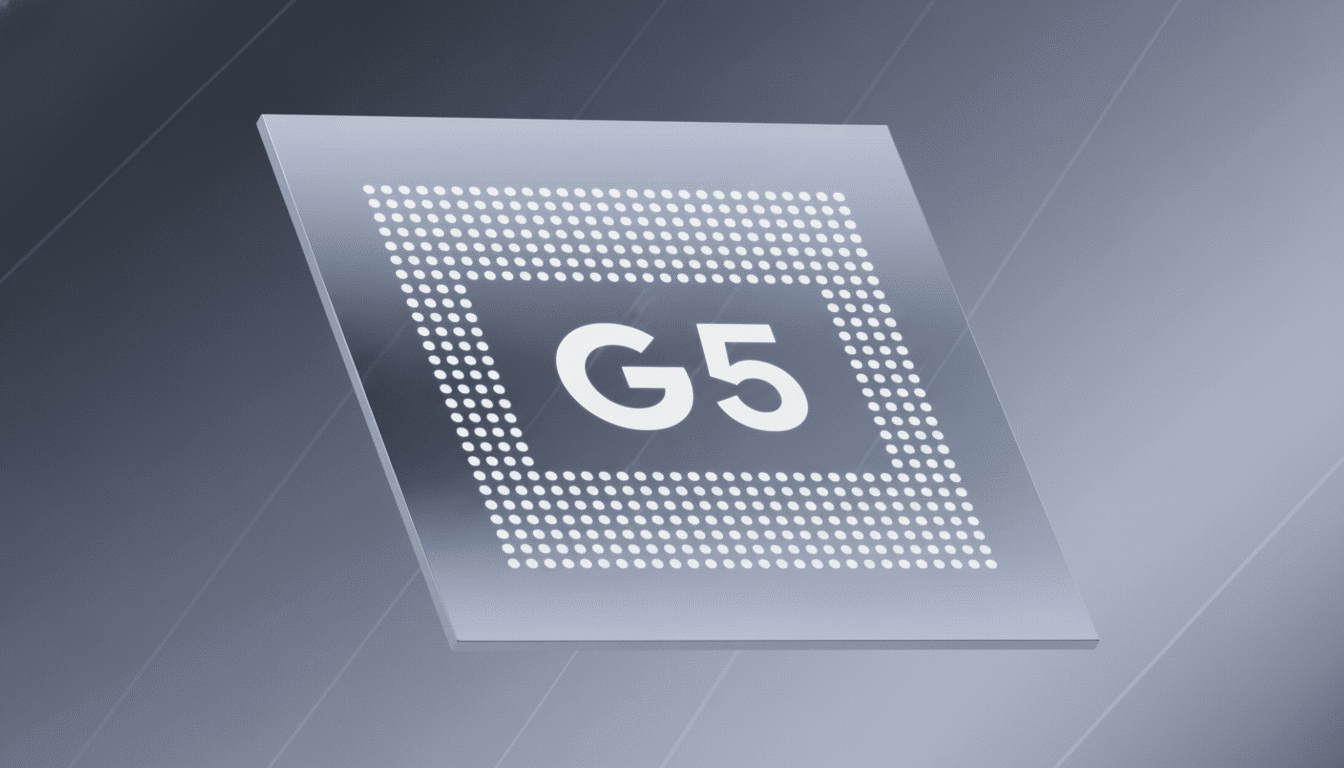Google’s Pixel fans have long been willing to give Tensor the benefit of the doubt, prioritizing Google’s AI magic and camera wizardry over raw horsepower. That goodwill is thinning. With a premium price tag and persistent performance issues, many Pixel owners no longer want to excuse Tensor’s lagging, overheating and battery drain compared to top-tier chips from Qualcomm and Apple.
Performance Gap With Tensor Now Unavoidable
Independent testing has demonstrated time and again that Google’s Tensor generations have lagged behind both Qualcomm’s Snapdragon 8-series chips and Apple’s A-series in terms of both peak and sustained performance. AnandTech and GSMArena have reported double-digit deficits in CPU and GPU performance benchmarks, with Tensor frequently trailing by even more as it takes heat. In Geekbench and 3DMark stress loops, the story is the same: strong initial bursts followed by steep throttling that sees real-world performance plunge.

That might not be terrible for routine tasks. But the difference reveals itself when installing apps, exporting photos or operating with more than one demanding app. Power users who used to shrug at synthetic numbers are now complaining that lag and stutter show up often enough for them to notice — and it’s hard to sell a flagship on that.
Heat, Throttling, and Gaming Woes on Pixel Tensor
Gaming is where Tensor’s limitations are most noticeable, fans say. In games like Genshin Impact and Call of Duty Mobile, Pixels frequently skip frames and reduce graphics in order to maintain a cool temperature. UL’s 3DMark stress tests reveal heavy performance degradation across consecutive runs, suggesting early and persistent thermal limits. Community threads on r/GooglePixel are flooded with side-by-side narratives: old Snapdragon phones maintaining a higher frame rate, as those Tensor Pixels stutter after staying in one session longer.
Developers also cite Tensor’s thermal and scheduler behavior as an added element into the mix. Even when initial frame times seem competitive, sustained workloads settle the chip into some of the most conservative power states. That restricts not only gaming smoothness but also long-term tasks such as video rendering and on-device ML inference.
Efficiency And Battery Life Lag Competitors
Battery gripes have been a constant among all of the Tensor generations so far. Reviewers from Tom’s Guide to GSMArena have scored Pixel endurance below that of top models with Snapdragon chips and iPhones alike. Higher idle drain, faster dipping when using the camera and a too-aggressive thermal management that limits performance to keep life-spans long are all criticisms users commonly levy.
Some of the shortage comes from silicon and modem efficiency. Tensor is related to Samsung’s Exynos lineup, and the latter has come under criticism for process nodes and radio power draw. Some owners are reporting weaker reception and a noticeably worse battery life when comparing it to devices running Qualcomm’s X-series modems in fringe coverage areas. And even if day-one battery life appears good enough, long-term aging and software updates can exacerbate the delta.
AI Benefits Are Real, but Not Exclusive to Pixel
For pushing on-device AI, Google can take credit for everything from Call Screen and Recorder transcription to photo tricks like Best Take and Audio Magic Eraser. Tensor’s diverse architecture was designed to boost that work. The catch: these same rival flagships with Snapdragon silicon can increasingly do much the same trick — sometimes quicker and more stingily in the power stakes — thanks to a beefy NPU and highly efficient CPU/GPU groupings.

Furthermore, much of the AI people experience today is a medley of on-device and cloud processing. That muddies the waters of what is strictly a Tensor need versus what Google can offer more broadly throughout the Android ecosystem. If the differentiation on Pixels isn’t clearly better, buyers will question what they’re giving up.
Flagship Pricing Magnifies Frustration Among Pixel Owners
Price is the accelerant. So when a Pixel is on that shelf, alongside Snapdragon-based flagships and iPhones at similar or higher MSRPs, expectations are heightened. Fans make the case they are paying premium prices for a class-leading experience only to receive middling silicon when the chips are under duress. Resale values and long-term satisfaction live and die on a phone’s utility after a year or two — exactly where throttling, thermal limits and battery efficiency matter most.
Some loyalists assert that price is a function of the full package: cameras, software cadence and novel Google features. That’s the case, but correspondingly high prices have been caught up in many parts of those regions. And if it’s the processor that’s the bottleneck then that spoils everything from camera capture latency to how apps behave a few minutes after you put your phone under some heavy use.
What Google Should Do Next to Fix Tensor Performance
Industry reports have suggested that Google will go for custom designs in a more pronounced way and seek various foundry partners to make things more efficient. Regardless of the road map, the priorities are obvious: Deliver step-function improvements in thermals, sustained performance and modem power draw. Matching Snapdragon on peak numbers is less important than dispelling the “you start doing something and it gets hot, then slows down” story that dogs Tensor today.
It’s not that fans want to see Google fail — it’s just that they want the Pixel they were promised.
Keep the industry-leading computational photography — plus ethical AI, if you can swing it — and combine with silicon that can run cool, fast and long. Until Tensor shows that it can do that consistently, the forgiveness faucet is turned off.

